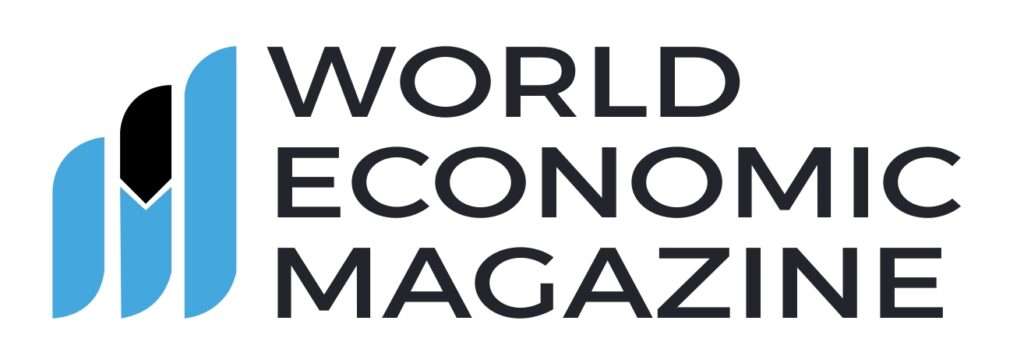
Bank of America CEO Hints at Stablecoin Adoption: A New Era for Digital Banking
The financial landscape is evolving at a rapid pace, and according to Bank of America’s CEO Brian Moynihan, the introduction of stablecoins is imminent. Speaking at the Economic Club of Washington, D.C., Moynihan stated that the integration of stablecoins into the banking system is inevitable. These digital assets, unlike Bitcoin, are backed by the U.S. dollar, making them functionally similar to money market funds with check access or traditional bank accounts.
Stablecoins: The Next Big Leap in Banking
Moynihan emphasized that Bank of America is prepared to enter the stablecoin business once regulations are in place. “If they make that legal, we will go into that business,” he asserted, highlighting the increasing momentum around stablecoin legislation. With lawmakers under President Trump’s administration pushing for clearer regulations, the path toward mainstream adoption seems clearer than ever.
Stablecoins, pegged to fiat currencies like the U.S. dollar, offer the potential to streamline transactions, reduce volatility, and enhance financial security. Unlike cryptocurrencies such as Bitcoin and Ethereum, which experience significant price fluctuations, stablecoins maintain a fixed value. This stability makes them a viable option for banking institutions and a trusted medium of exchange for consumers.
Bank of America’s Potential Stablecoin Offering
Moynihan hinted at the possibility of Bank of America launching its own stablecoin, tentatively referred to as BofA Coin, linked to U.S. dollar deposit accounts. This initiative could redefine digital banking by offering customers a secure, fast, and cost-effective method of transferring funds.
Potential Features of BofA Coin
| Feature | Expected Benefit |
| USD-Backed Stability | Ensures minimal volatility, making transactions secure. |
| Seamless Integration | Can be used within the existing BofA ecosystem. |
| Lower Transaction Fees | Reduces costs associated with cross-border transfers. |
| Faster Settlements | Enhances the efficiency of transactions. |
| Increased Security | Reduces fraud risks associated with digital payments. |
However, the real question remains: how useful will stablecoins be in daily banking operations? While the concept is promising, its practical applications will determine its long-term success.
Bank of America’s Investment in Technology
Bank of America has consistently been at the forefront of technological advancements in banking. Moynihan revealed that the institution invests approximately $4 billion annually in new technology, with an additional $8 to $9 billion spent on maintaining and operating these systems.
Some of the notable innovations introduced by BofA include:
- Early Adoption of Mobile Banking: The bank was among the first to launch a mobile banking app for iPhones, significantly ahead of competitors.
- AI-Powered Assistant – Erica: Introduced in 2018, Erica provides customers with AI-driven financial insights, helping them manage their money more efficiently.
- Digital Banking Boom: Currently, 90% of BofA’s customer interactions are digital, highlighting the growing preference for online banking solutions.
Balancing Technology with Human Interaction
Despite its push toward digitalization, Bank of America recognizes the ongoing need for human interaction in financial services. The bank still operates approximately 3,700 physical branches across the U.S. Moynihan emphasized that while digital banking is crucial, there are instances where customers require face-to-face support.
Examples of in-branch services include:
- Financial Planning Assistance: Customers seeking guidance on budgeting, saving, and investing often prefer speaking with a banking professional.
- Legal & Estate Management: Handling power of attorney cases or managing financial affairs for sick relatives requires personalized assistance.
- Complex Transactions: Certain banking services, such as mortgage discussions and wealth management, still benefit from human expertise.
The Future of Digital Banking and Stablecoins
With the financial industry on the brink of a digital transformation, stablecoins could revolutionize how transactions are conducted globally. The potential benefits of integrating stablecoins into the banking ecosystem include:
- Enhanced Transaction Efficiency: Faster processing times compared to traditional banking systems.
- Lower Costs: Reduced fees for international money transfers.
- Greater Financial Inclusion: Providing digital banking access to underserved populations.
- Stronger Security Measures: Advanced encryption to protect against cyber threats.
Regulatory Hurdles and Market Adoption
Despite the enthusiasm surrounding stablecoins, regulatory challenges remain a significant barrier. Lawmakers are still debating how to classify and regulate these digital assets. Issues such as consumer protection, anti-money laundering compliance, and financial stability must be addressed before mainstream adoption becomes a reality.
Additionally, customer trust and adoption will play a critical role in determining the success of stablecoins. Many individuals remain skeptical of digital currencies, associating them with the volatility of cryptocurrencies like Bitcoin. Educating consumers on the safety and benefits of stablecoins will be crucial in gaining widespread acceptance.
The Road Ahead for Bank of America and Stablecoins
The financial sector is undoubtedly heading toward greater digital integration, and stablecoins could be the next major step in that evolution. Bank of America’s readiness to enter the stablecoin market signals a shift toward secure, regulated, and efficient digital transactions. However, regulatory approval, customer adoption, and real-world applications will ultimately shape the future of stablecoin banking.
With BofA’s extensive technological investments and commitment to balancing digital and traditional banking services, the institution is well-positioned to lead this transformation. Whether stablecoins will become a mainstream financial tool remains to be seen, but one thing is clear: the future of banking is digital, and Bank of America is ready to embrace it.






